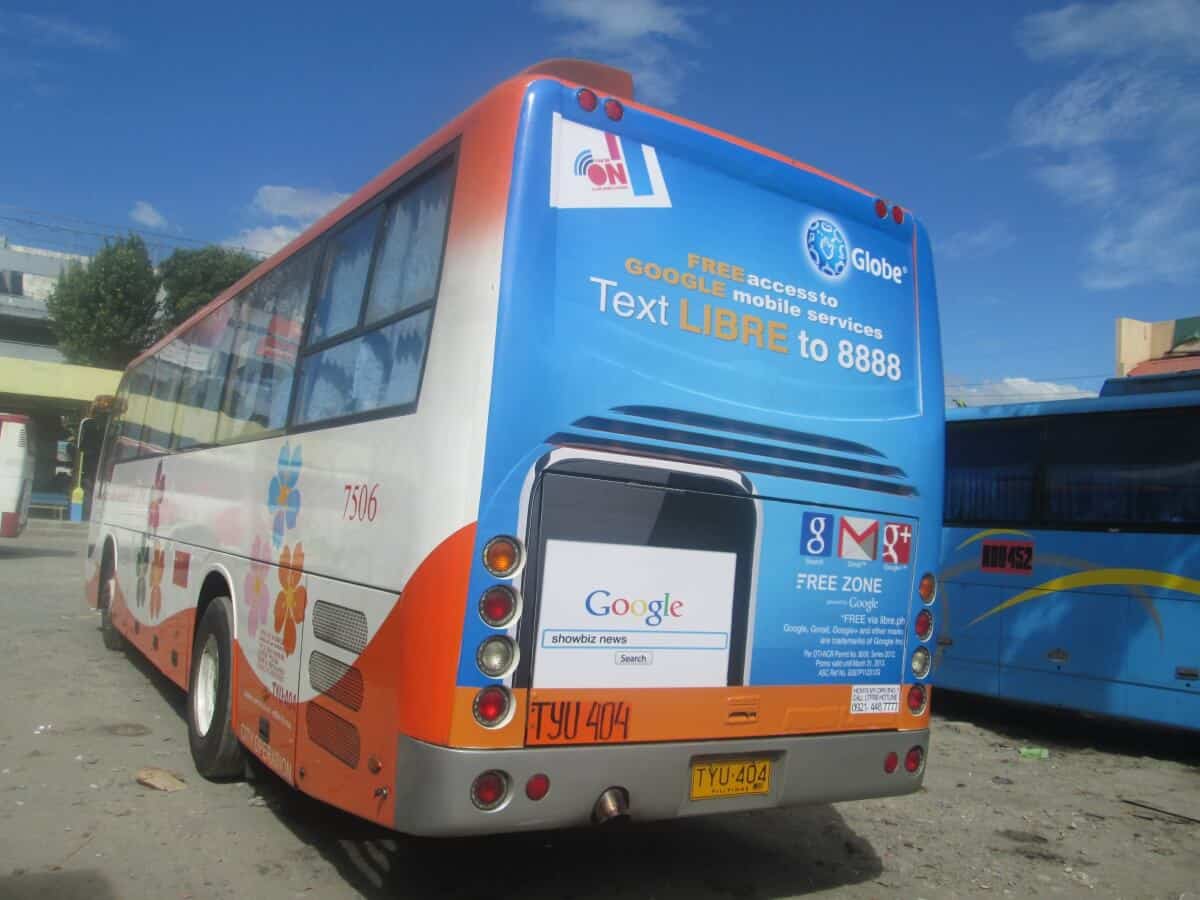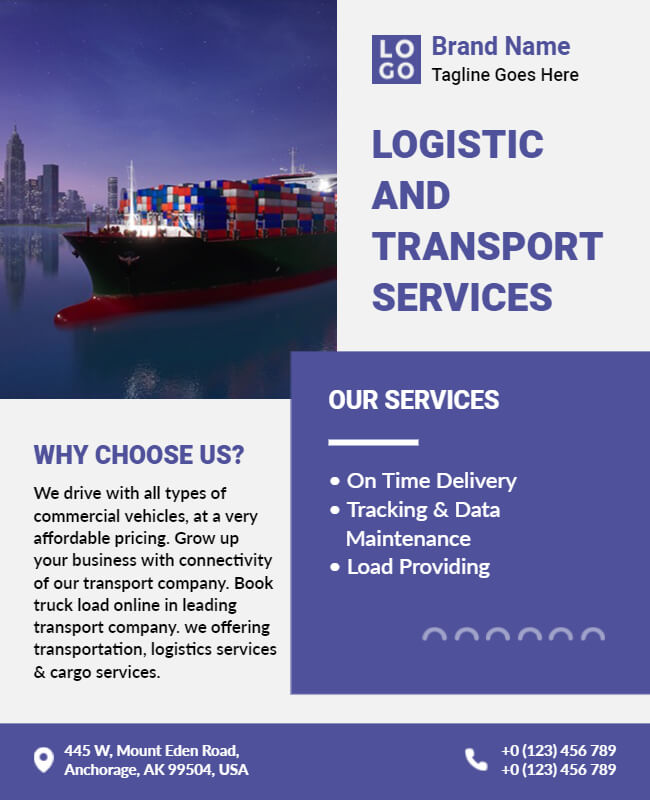How Transportation Advertising Can Transform Public Transport Spaces Into Dynamic Marketing Operatings Systems
Transit advertising holds considerable capacity to redefine public transportation areas into dynamic marketing platforms that engage and notify. As we explore the diverse benefits and developing methods of transportation advertising, it elevates the question of exactly how this makeover can redefine our communications with both brand names and the metropolitan atmosphere.
Benefits of Transportation Advertising And Marketing

In addition, transportation advertising is very affordable compared to standard media. It allows marketers to accomplish high impressions at reduced costs, optimizing return on investment. The restricted audience of travelers provides a possibility for brands to share their messages to people that are typically responsive during their traveling times.
Additionally, the vibrant nature of transit marketing enables projects to be updated frequently, ensuring that messaging stays prompt and pertinent. This adaptability can be critical in reacting to market patterns or advertising events, keeping the brand name top-of-mind for customers. Lastly, the prevalent visibility of transit advertising and marketing contributes to brand name recall; duplicated exposure within familiar travel contexts enhances brand understanding and cultivates consumer commitment, ultimately enhancing and driving sales brand credibility.
Kinds Of Transit Marketing
Public transport systems supply numerous formats for marketing, each satisfying different marketing methods and audience involvement methods. One noticeable kind is outside bus and train wraps, which cover the entire vehicle and develop a mobile billboard effect, permitting high visibility in metropolitan atmospheres. These wraps can record interest as they traverse active roads, getting to a diverse audience.
An additional preferred style is indoor advertising, which consists of posters, digital displays, and advertisements on transit seats. These placements involve guests during their trip, reinforcing brand messaging in a restricted area. Digital presents, particularly, use the advantage of vibrant material, making it possible for advertisers to upgrade messages in real-time.
Station advertising is likewise significant, featuring posters, banners, and interactive stands within transportation stations. These advertisements utilize foot traffic and can target certain demographics based on area.
Lastly, advertising partnerships with transportation authorities can cause unique campaigns, such as themed transit experiences or events, boosting the overall interaction with commuters. Each sort of transportation advertising and marketing supplies distinctive advantages, allowing brand names to tailor their method to efficiently reach their target audience within the general public transportation environment.
Involving Travelers Efficiently
Commuters are progressively inundated with advertising messages during their daily travels, making it crucial for brand names to engage them in ingenious methods. To catch interest in this crowded area, advertisers have to prioritize creative thinking and significance. Utilizing appealing visuals and concise messaging can significantly improve the possibility of interaction.
Interactive components, such as QR codes or enhanced fact features, can also change static advertisements right into immersive experiences, cultivating a deeper link with the audience. Brands must concentrate on dealing with travelers' needs and interests, tailoring messages to resonate with their lifestyle, whether through promotions for regional services or solutions developed to enhance their commuting experience.
Additionally, timing plays a vital role; strategically positioning ads throughout top commuting hours can maximize visibility and impact. Engaging travelers properly also involves leveraging social media sites combination, allowing guests to share their promotions or experiences straight from transit systems, thus amplifying brand name reach.
Essentially, efficient see page engagement pivots on understanding the traveler trip and developing compelling, interactive, and relevant marketing experiences that not only record attention however additionally drive action and loyalty. By doing so, brands can change public transport into a dynamic marketing platform that reverberates with its audience.

Measuring Advertising And Marketing Effect
Just how can brand names precisely analyze the effectiveness of their marketing campaign en route environments? Measuring the impact of transportation advertising calls for a diverse technique that incorporates measurable and qualitative metrics. One prevalent technique is tracking engagement with mobile analytics, where brands can evaluate foot traffic patterns and application communications in the past, throughout, and after campaigns.
Studies can supply valuable insights into brand name recall and customer belief, enabling brand names to gauge exactly how well their messages reverberate with travelers. Additionally, keeping track of social media involvement associated to details projects can expose changes in public assumption and brand discussion.

Moreover, teaming up with transportation agencies can enhance dimension precision, as they frequently have in-depth demographic data on ridership patterns. By integrating these methodologies, brands can establish a detailed understanding of their advertising and marketing performance, making sure that their projects not just get to however also influence their target market efficiently.
Future Patterns in Transit Advertising
A considerable shift is prepared for en route advertising and marketing as technological improvements and transforming customer habits improve the landscape. Transit Advertising Philippines. The integration of electronic display screens and interactive media is anticipated to boost involvement, allowing brand names to supply vibrant content that reverberates with varied audiences. As mass transit systems welcome clever innovation, marketers will take advantage of real-time data analytics to tailor messages based on traveler demographics and habits
Furthermore, enhanced fact (AR) is poised to change the way travelers connect with ads. By providing immersive experiences, AR can change an ordinary trip into an appealing narrative that catches interest and promotes brand name loyalty. This development will likely encourage advertisers to produce more experiential campaigns that drive consumer interaction.
Sustainability is another essential pattern influencing transportation marketing. As environmental awareness expands, brand names will significantly seek to line up with environmentally friendly methods, click this site making use of sustainable products and advertising environment-friendly efforts within their campaigns.
Verdict
In final thought, transit marketing supplies substantial benefits by improving brand name exposure and engaging a restricted audience. As trends evolve, the possibility for innovative interactions in go to these guys between travelers and brands is poised to expand, guaranteeing that transit marketing remains a vital part of contemporary advertising and marketing strategies.
Transit marketing holds substantial capacity to redefine public transport spaces right into vibrant advertising and marketing systems that inform and engage. The pervasive visibility of transit advertising and marketing adds to brand name recall; repeated direct exposure within familiar traveling contexts enhances brand recognition and promotes consumer loyalty, eventually boosting and driving sales brand name credibility.
How can brands precisely assess the effectiveness of their advertising and marketing campaigns in transportation settings?In conclusion, transportation advertising provides significant advantages by enhancing brand visibility and engaging a restricted target market. Transit Advertising Philippines. As fads evolve, the potential for cutting-edge communications between brands and travelers is poised to grow, making certain that transportation advertising and marketing remains an important component of modern-day marketing strategies
 Tatyana Ali Then & Now!
Tatyana Ali Then & Now! Val Kilmer Then & Now!
Val Kilmer Then & Now! Lisa Whelchel Then & Now!
Lisa Whelchel Then & Now! Samantha Fox Then & Now!
Samantha Fox Then & Now! Heather Locklear Then & Now!
Heather Locklear Then & Now!